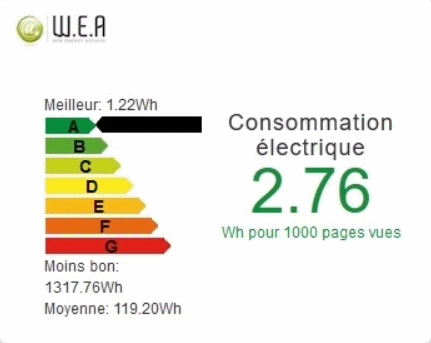
Un site de test pour
adHoc
Le CMS libre, facile, léger,
créé pour s'adapter à votre espace web
Le petit adHoc illustré
adHoc : les origines
La préhistoire
L'Histoire est en marche
Doc en test
adHoc est un écolo

Vif comme l'éclair
Plus rapide que le vent, dès que j'ai une idée, je dois la publier. Immédiatement. Pour communiquer avec le monde entier en moins de 15 minutes.

adHoc est fait pour moi
- J'installe adHoc en 1/4 d'heure.
- Sans connexion Mysql : ce sont des fichiers texte.
- Affichage ultra-rapide : je protège la planète.
AdHoc sur Mamp en 15'
Liberté Chérie
Je suis libre et je veux communiquer sur le web en toute liberté. Je ne veux pas être espionné. Je refuse que mes lecteurs soient pistés.

adHoc est fait pour moi
- les seuls cookies de adHoc servent à la navigation des membres
- adHoc n'envoie jamais d'information automatique à l'auteur du logiciel
- adHoc n'enregistre pas les données de connexion des visiteurs
Objectif sécurité
Je suis méfiant, limite parano et je crains toujours les incursions sur mon site. Je veux un accès sécurisé pour l'administration de mon site.

adHoc est fait pour moi
- L'accès à l'admin est sécurisé (détails ...)
- Le moteur de mon site peut rester confidentiel sur option.
Un site à mon image
Je suis une artiste. J'écris des poésies et je les illustre de mes dessins et pastels. Mon porte-folio sera à mon image et j'en maitriserai le style et les couleurs.

adHoc est fait pour moi
- Le style de adHoc est grandement personnalisable.
- adHoc est responsive
- Sa structure en grille permet toutes les organisations.